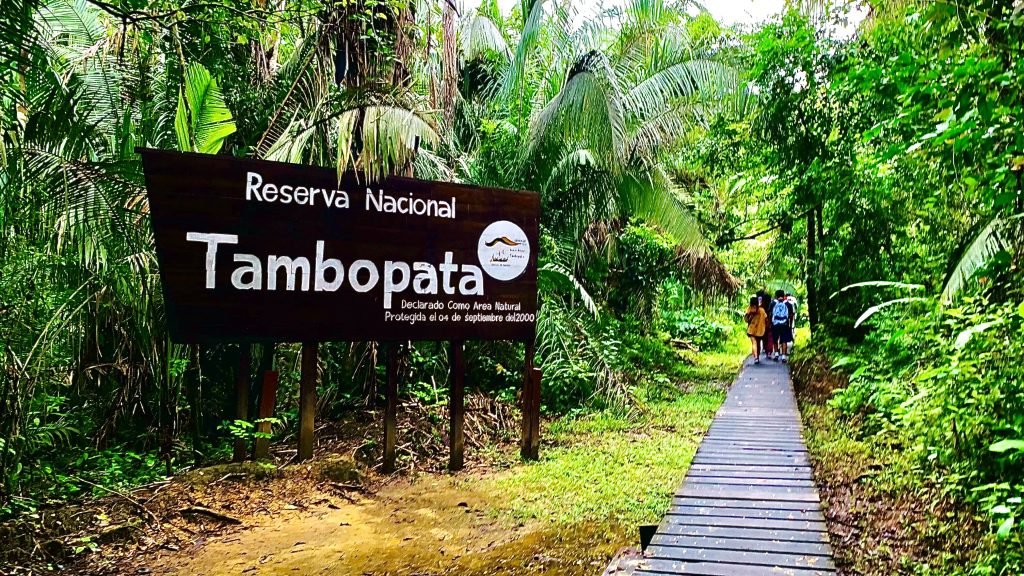Welcome to the fascinating world of Tambopata’s reptiles! If you’re about to venture into the lush Peruvian jungle, get ready to encounter an amazing diversity of scaly creatures. In this Reptile Guide to Tambopata, we’ll walk you through everything you need to know before your trip, so you can identify and appreciate these incredible animals.
Why is Tambopata a Reptile Paradise?
This Reptile Guide takes you to explore the Tambopata National Reserve, one of the most biodiverse places on the planet. Its warm, humid climate combined with a wide variety of habitats creates the perfect conditions for numerous reptile species to thrive. From the treetops to the river depths, you’ll find reptiles adapted to every corner of this unique ecosystem.
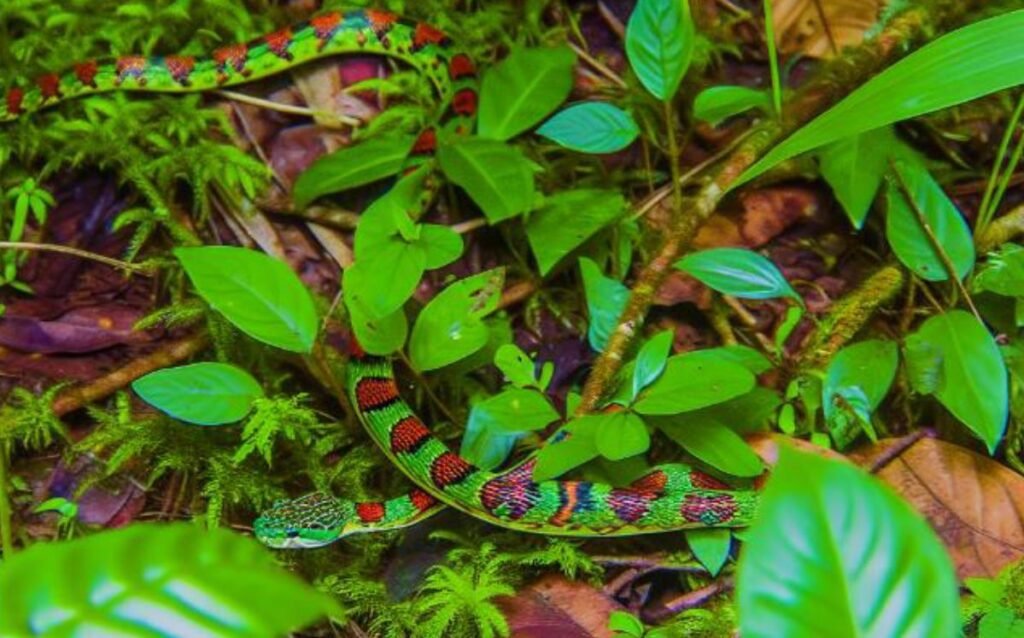
Iconic Reptiles of Tambopata
Discover the most fascinating and representative species of the region with this Reptile Guide to Tambopata, from colorful snakes to majestic caimans that inhabit the jungle and rivers of this Amazon paradise.
- Black Caimans: These imposing reptiles are the kings of Tambopata’s rivers. With their bright eyes and powerful jaws, they are an awe-inspiring sight.
- Taricaya Turtles: These giant turtles are true living fossils. They nest on white sandy beaches, and their eggs are a food source for many other species.
- Boa Constrictors: These non-venomous snakes are excellent swimmers and hunters. They blend perfectly into their environment and can grow to impressive sizes.
- Iguanas: These tree-dwelling lizards are easily recognizable by their crests and vibrant colors. They are herbivores and play an important role in seed dispersion.
- Coral Snakes: Although small, these snakes are highly venomous. Their striking color pattern serves as a warning to predators.

Tips for Observing Reptiles in Tambopata
Learn the best practices with this Reptile Guide to find and admire reptiles in their natural habitat while ensuring both your safety and the conservation of these incredible creatures.
- Hire a local guide: An experienced guide will help you identify different reptile species and take you to the best spots to observe them.
- Be patient: Reptiles are cold-blooded animals and often remain motionless for long periods. Take your time to explore and observe your surroundings.
- Respect their habitat: Avoid disturbing the animals and don’t touch them. Remember, you’re in their home.
- Wear proper clothing and footwear: The jungle can be humid and full of insects. Protect your skin and feet from potential bites and scratches.
- Bring a camera with a good zoom lens: Capture unforgettable moments of these incredible animals.
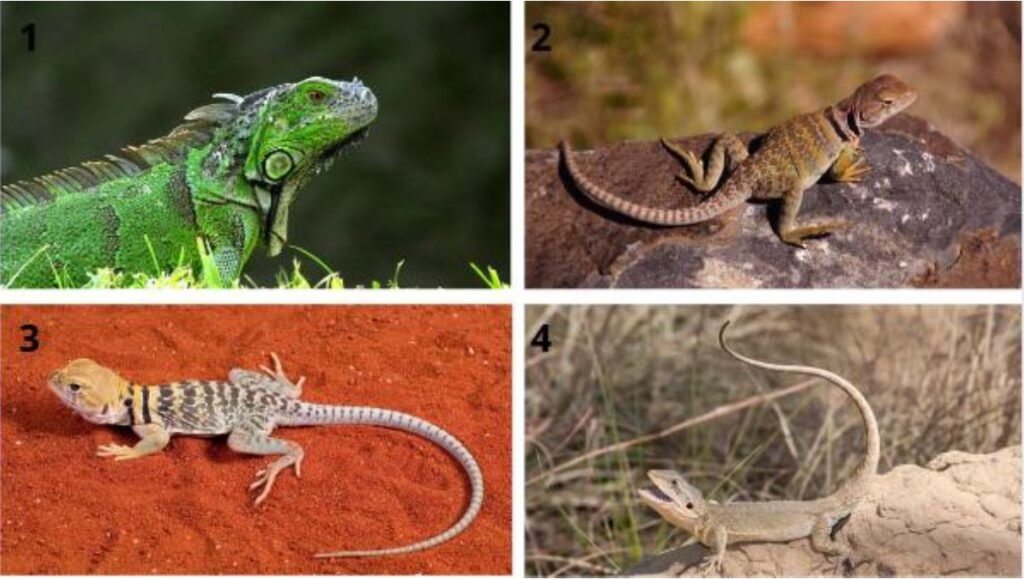
Where to Find More Information
If you want to delve deeper into the world of Tambopata’s reptiles, we recommend exploring this Reptile Guide to Tambopata and consulting specialized field guides and websites of organizations dedicated to biodiversity conservation.
Reptile Facts:
Nocturnal Reptiles
- Characteristics: Adaptations for night vision, hunting, and thermoregulation.
- Examples: Boas, geckos, some venomous snakes.
- Observation Tips: Use red light flashlights, absolute silence, patience.
Aquatic Reptiles
- Adaptations: Webbed limbs, specialized scales, lungs adapted for prolonged diving.
- Examples: Caimans, aquatic turtles, aquatic snakes.
- Activities: Observe caimans in the rivers, snorkeling for turtles.
Threats and Conservation
- Main threats: Habitat loss, hunting, illegal wildlife trafficking.
- Conservation efforts: Protected areas, research projects, environmental education.
Photography Tips
- Equipment: Macro lenses, tripod, water-resistant camera.
- Techniques: Manual focus, continuous shooting modes, patience.
Reading and Documentary Recommendations
- Field Guides: List of specialized guides on Amazonian fauna.
- Documentaries: Movies and series on Tambopata’s wildlife.
Unique Experiences
- Night walks: Observe reptiles active during the night.
- Boat excursions: Explore rivers and lakes in search of aquatic reptiles.
- Visits to biological stations: Interact with researchers and participate in monitoring projects.
Focus on Sustainable Tourism
- Importance of hiring local guides: Knowledge of fauna, respect for the environment.
- Tour operators recommendations: Companies committed to conservation.
- Good practices for tourists: Minimize environmental impact, avoid feeding animals.
Safety Tips in the Tambopata Jungle
Exploring the Tambopata jungle with this Reptile Guide is an unforgettable experience, but it’s important to take precautions to ensure your safety and that of the animals. Here are some tips:
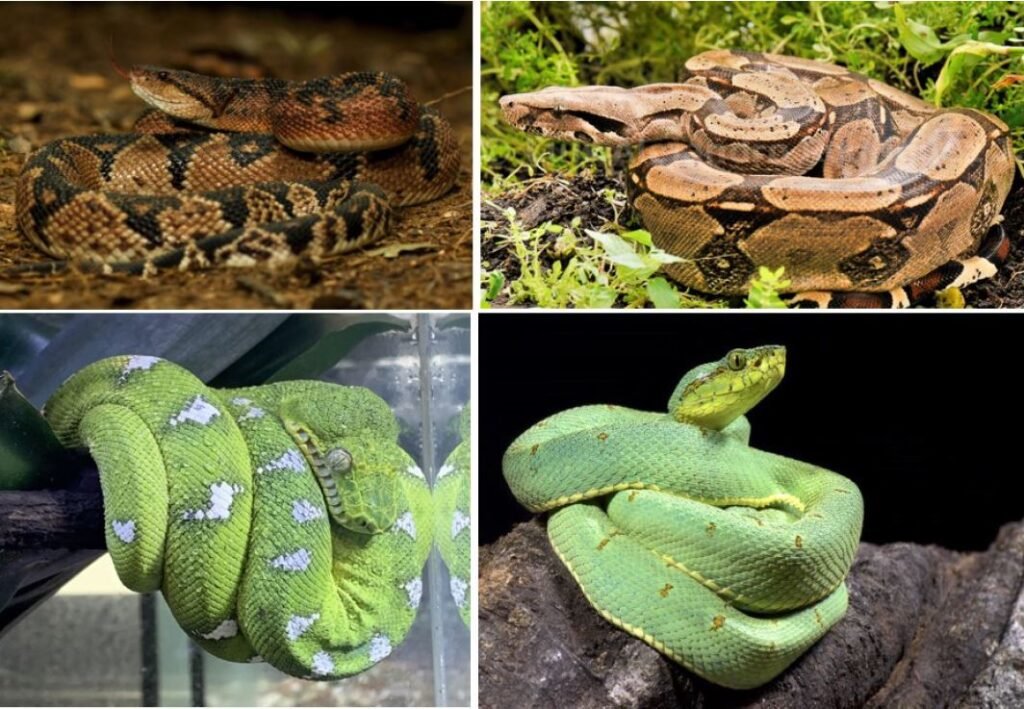
- Always travel with a local guide: An experienced guide will help you identify poisonous plants, dangerous animals, and show you safe routes.
- Wear appropriate clothing and footwear: Opt for light-colored, long-sleeved clothing and long pants to protect yourself from insects and possible scrapes. Use trekking boots to avoid slipping and protect your feet.
- Apply insect repellent: Mosquitoes and other insects can transmit diseases such as dengue and Chagas. Apply DEET-based repellent regularly and use mosquito nets at night.
- Maintain a safe distance from animals: Observe animals from afar and never touch or feed them. Some animals can be dangerous, even if they seem harmless.
- Don’t venture into the jungle alone: Always stay on marked paths and never stray from the group.
- Learn to identify poisonous plants: Many plants in the jungle are poisonous. Avoid touching or consuming any plant you don’t recognize.
- Stay aware of your surroundings: Pay attention to the sounds of the jungle and animal signals.
- Bring a flashlight: If you plan to take night walks, a flashlight will be useful for lighting the path and detecting potential obstacles.
- Stay hydrated: Bring enough water to stay hydrated during your entire excursion.
- Inform someone about your itinerary: Before heading into the jungle, inform someone you trust about your route and expected return time.
First Aid in the Jungle
With this Reptile Guide to Tambopata, learn the essential steps to handle emergencies related to encounters with reptiles and other jungle risks, ensuring a safe and prepared trip.
- First aid kit: Carry a basic kit with items such as bandages, gauze, alcohol, antihistamines, and personal medications.
- Identifying medicinal plants: Some local guides may teach you to identify plants with medicinal properties that could be helpful in an emergency.
- Stay calm: If you’re injured or lost, stay calm and seek help.
Protection from Snakes
Learn how to minimize risks and stay safe while exploring the habitat of these fascinating but sometimes dangerous reptiles.
- Watch where you step: Avoid walking on dry leaves or fallen logs, as snakes often hide there.
- Wear tall boots: Tall boots will protect your feet and ankles from snake bites.
- Know the venomous snakes: Familiarize yourself with the venomous snake species in the area and learn how to identify them.
- In case of a bite: Stay calm, immobilize the affected limb, and seek medical help immediately.
Remember, the jungle is a fragile ecosystem! Respect nature and contribute to its conservation.
Frequently Asked Questions

1. When is the best time to visit Tambopata?
The dry season (May to October) is ideal for wildlife observation, while the rainy season (November to April) offers a more lush experience and the chance to see animals searching for water.
2. What should I bring?
- ✓ Lightweight, long-sleeved clothing to protect against insects
- ✓ Insect repellent with DEET
- ✓ Trekking boots
- ✓ Flashlight
- ✓ Camera
- ✓ Binoculars
- ✓ Hat and sunglasses
- ✓ Sunscreen
- ✓ Basic first aid kit
3. What vaccinations do I need?
Consult your doctor to determine the recommended vaccinations, which may include yellow fever, hepatitis A and B, tetanus, and typhoid fever.
4. Is it safe to swim in the rivers of Tambopata?
Swimming in the rivers is not recommended due to the presence of caimans and other wildlife.
5. What activities can I do in Tambopata?
- Jungle hikes
- Birdwatching
- River navigation
- Visiting indigenous communities
- Nature photography
6. What is the approximate cost of a trip to Tambopata?
The cost varies depending on the duration of your trip, the type of accommodation, and the activities included.
7. How can I book a tour with Lorenzo Expeditions?
You can contact us through our website, email, or phone.
8. What is included in a tour with Lorenzo Expeditions?
Our tours include transportation, accommodation, meals, a specialized guide, activities, and basic equipment.
9. Is it safe to travel to Tambopata?
Yes, it is completely safe to travel to Tambopata as long as you follow your guide’s recommendations and take necessary precautions.
10. Can I travel alone?
Yes, you can travel alone. However, we recommend traveling in a group to enjoy a more social experience.
11. Do you allow children?
Yes, we welcome children. However, some activities may not be suitable for very young children.
13. Do you offer private tours?
Yes, we offer private tours for small groups.
14. What is the local currency?
The local currency is the Peruvian Nuevo Sol (PEN).
15. What language is spoken in Tambopata?
The official language is Spanish, but many local guides also speak English.
16. Do I need a visa to visit Peru?
Visa requirements vary depending on your nationality. We recommend checking with the Peruvian embassy or consulate in your country.
17. What is the best way to get to Tambopata?
The most common way to reach Tambopata is by flying to Puerto Maldonado and then taking a boat to the lodge.
18. Is there cell phone service in Tambopata?
Cell phone service may be limited in some areas of the rainforest.
19. Can I bring my own food?
Bringing your own food is not recommended, as the meals served at the lodges are prepared with fresh, local ingredients.
20. What should I do if I get lost?
If you get lost, stay calm and remain where you are. Look for a high spot to get a better view and wait for someone to find you.
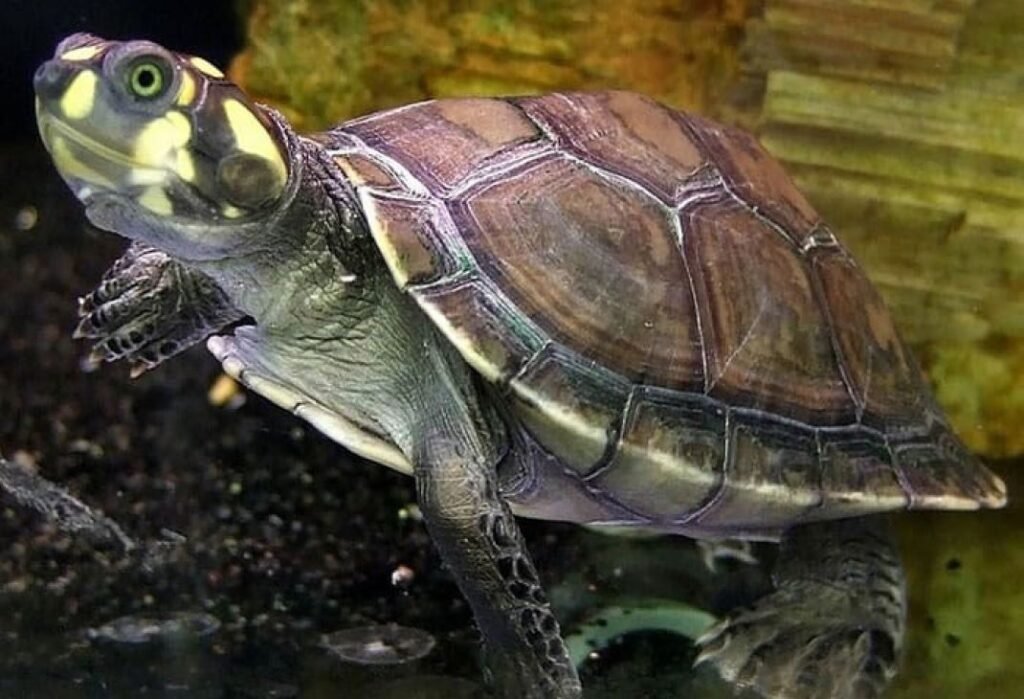
Ready to experience an unforgettable adventure in the Tambopata jungle? Lorenzo Expeditions offers you the opportunity to explore this natural paradise with expert guides and all the comforts you need.
Book your trip now and discover the magic of the Peruvian Amazon!

